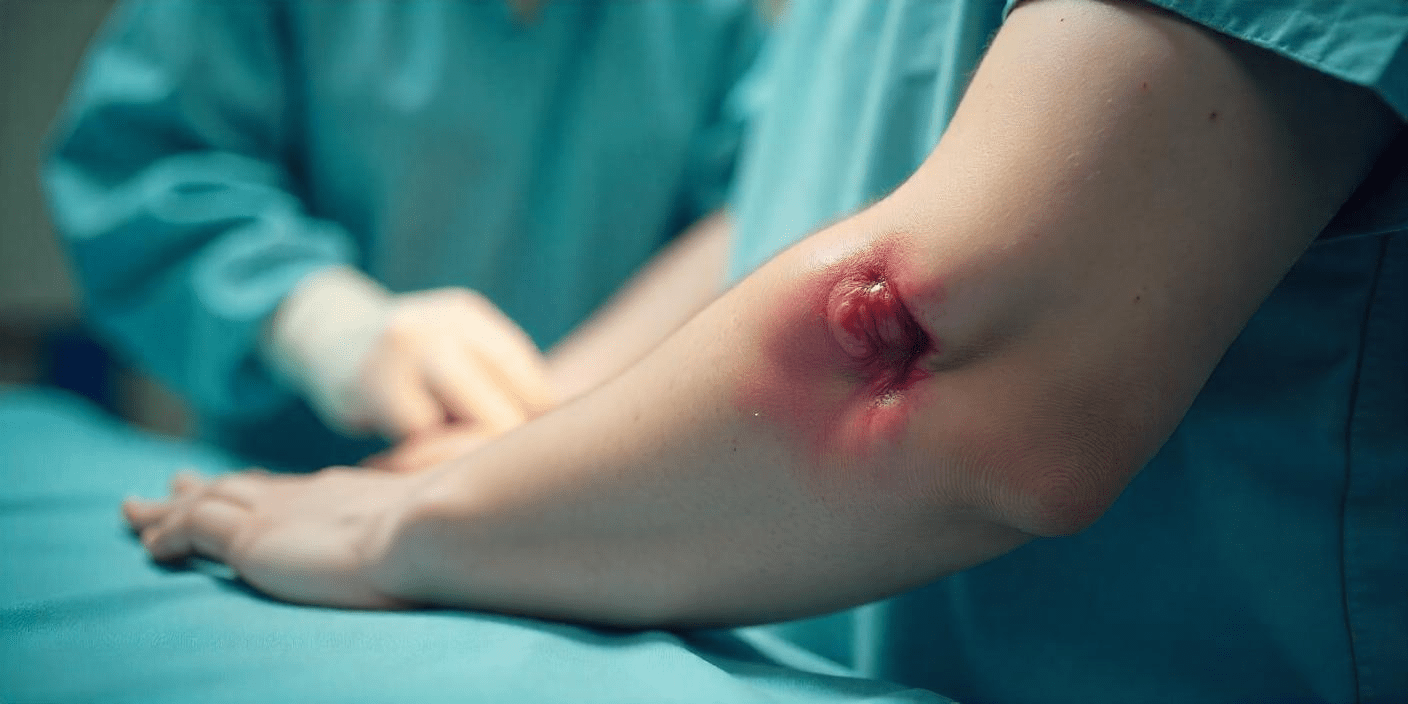Vanderbilt University, based in Nashville, Tennessee, is a prestigious research institution known for its excellence in education, healthcare, and scientific research. Within the university, the Biophotonics and Biomedical Optics Lab (BBOL) leads efforts in advancing optical imaging solutions for medical diagnostics, biological research, and healthcare innovation. To support its cutting-edge research, BBOL relies on precise and consistent imaging tools for clinical studies and advanced research.
The BBOL Lab sought to enhance its imaging workflows by developing a reliable mobile application capable of capturing high-quality images from two rear cameras simultaneously. The app also needed to provide researchers with manual control over exposure, focus, and flashlight settings, along with ensuring compatibility across various Android devices.
App Maisters developed the Twin Photo Capture App, a custom Android application tailored to the BBOL Lab’s requirements. The solution addressed key challenges faced by researchers:

Commodo elementum, sed imperdiet nunc euismod etiam aliquet viverra

App Maisters Inc is a Federal Government SBA 8(a) Certified and Texas Hub Certified company. We are a leading developer of high-performance mobile apps, websites, and enterprise solutions, that are specially designed to meet Federal, State, Local government agencies and higher education needs.
